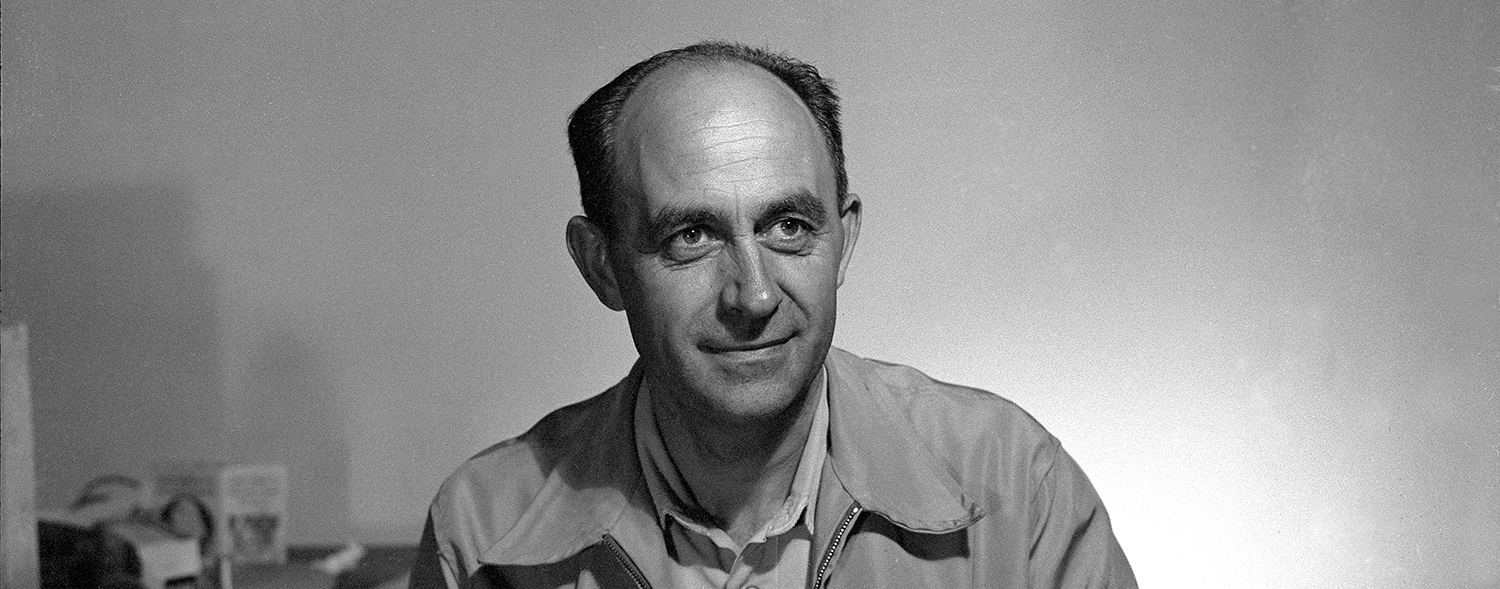 Physicist Enrico Fermi. Courtesy/AHC
Physicist Enrico Fermi. Courtesy/AHC
ATOMIC HERITAGE FOUNDATION News:
On Sept. 26, 1944, the B Reactor, the world’s first full-scale plutonium reactor, started up at Hanford. The next day, it mysteriously shut down. “The reactor went dead, just plain dead! Everybody stood around and stared,” physicist Leona Woods Marshall recalled.
After working all night, scientists led by Enrico Fermi calculated that the problem was being caused by Xenon, an element produced during the nuclear reaction. Physicist John Wheeler had warned that Xenon and similar elements, which absorb neutrons, could “poison” the reaction. Fortunately, DuPont’s engineer George Graves had insisted on leaving room for extra fuel rods in case of such an emergency.
Thanks to the radioactivity from an additional 500 rods, the reactor started up again and continued running. “That was the thing that saved us,” Crawford Greenewalt remembered.
Take the “Ranger in Your Pocket” online tour here to learn more about the B Reactor, how it worked, and its mysterious failure or listen to John Wheeler’s account here of the “fantastic” theories proposed to explain what happened.

